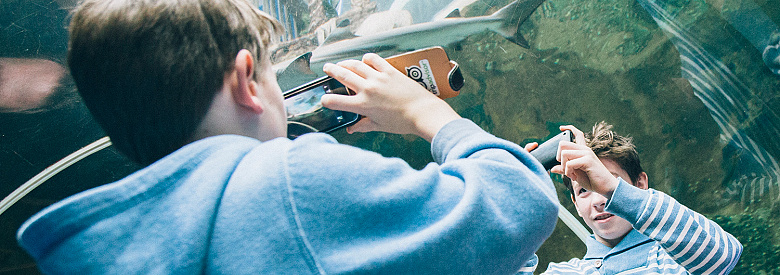Being SMART With Your Business
As part of Bournemouth University’s Festival of Learning, a week-long event showcasing its work to residents, I attended a SMART Tourism seminar. Speakers from Microsoft, Trip Advisor and Destination Management organisations both in Spain and within the UK outlined the latest changes in technological developments.
The speaker from Microsoft pointed out that methods of searching for holiday ideas are rapidly changing. Interacting with your smartphone to search the web by speaking a question to your phone is becoming commonplace, as is taking a picture or showing restaurant reviews live on an image of the street as you hold up your smartphone camera.
Hardware and software will increasingly work together, he said. Smartphones are almost ubiquitous and gaming consoles can read your gestures. Guests expect free wifi both within a building and in the street or beach. Sharing of data, or co-creation, will help improve visitor’s enjoyment and provide valuable information for tourism businesses.
The Spanish DMO is leading the field, supported by EU framework funding. Take a look at their work here.
Greater data enables your guests to have a more enjoyable stay, let’s them check the traffic before leaving the beach, check-in, check tables, order a meal or adjust the heating in their hotel room. Visitor generated content is already occurring within Uber, Air BnB and Trip Advisor.
Destinations can capture anonymous data to discover where and when people spend and how they move around a resort, which helps with traffic management, can help reduce long queues for popular attractions. Amsterdam is trialling “ibeacons” for tourism, providing alerts to signed-up mobile phone users as they approach a beacon location – ideal for self-guided tours, encouraging visitors to explore further, with information in many languages.
Destination Management representatives, including Bournemouth Council, explained that leaflets and TICs will remain important, supplemented with additional resources such as pop-up information stands during events and way-finding within tourism areas. Feedback from SMART technology can help us map visitor movement and better deploy resources in the future. The New Forest, for example, has launched a loyalty card to encourage collaboration, measure and better understand visitor’s needs.
By Simon Hanney

Comments
comments powered by Disqus